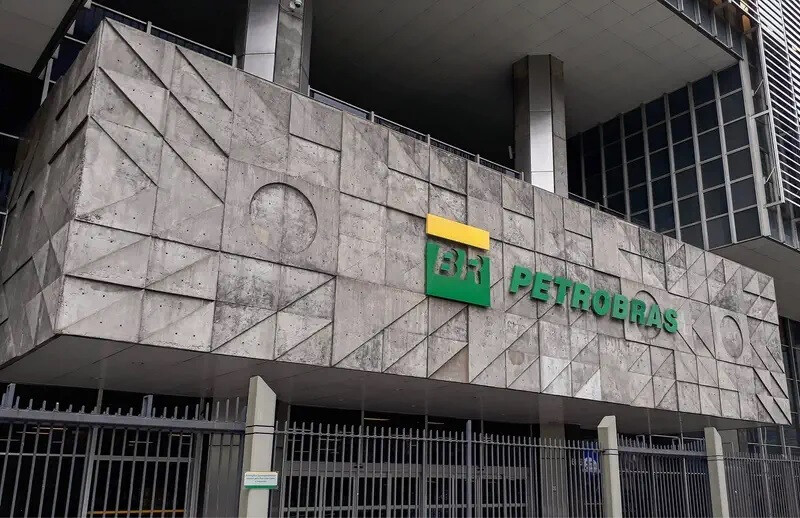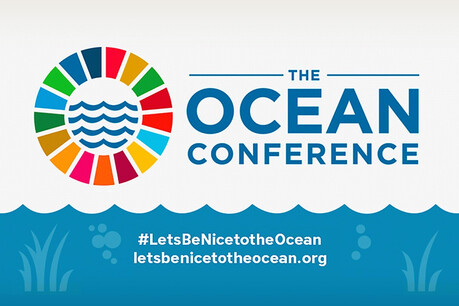
Brazil's environmental authority, Ibama, announced last Monday that it has approved the concept of the emergency animal rescue plan submitted by the state-owned oil company Petrobras in relation to its request for oil exploration in the Amazon River estuary basin. This is seen as a significant step forward for the protection of biodiversity in the region.
Petrobras is seeking to pursue oil exploration in offshore blocks of the Marajó Basin in the Amazon estuary, and prior to this, Ibama, considering the environmental sensitivity of the area, had demanded a thorough environmental impact assessment along with a specific plan to protect and rescue animals in the event of an emergency. This approval can be interpreted as meaning that the basic framework of the animal rescue plan presented by Petrobras meets the standards of the environmental authority.
Ibama's decision appears to be part of an effort to find a balance between the preservation and development of the Amazon, a globally important ecosystem. The Amazon estuary region boasts rich biodiversity and is a habitat for various rare and endangered species. Therefore, large-scale development projects such as oil exploration can potentially cause serious environmental impacts, making thorough contingency planning essential.
The emergency animal rescue plan submitted by Petrobras is expected to include procedures and resource allocation for the rapid and effective rescue and protection of wildlife in the event of unforeseen environmental disasters such as oil spills. Specifically, it is likely to include trained rescue personnel, rescue equipment, securing temporary shelters, and programs for the recovery and natural return of rescued animals.
However, this approval from Ibama is only a 'conceptual approval' of Petrobras's animal rescue plan, and further approval of a more detailed and specific implementation plan will be additionally required for actual oil exploration activities to proceed. Furthermore, the continuous monitoring and oversight by environmental organizations and local communities are also important aspects.
The issue of oil exploration in the Amazon estuary region is a prime example of the conflict between the opposing values of environmental protection and economic development. The Brazilian government emphasizes the need for energy resource development for economic growth, while environmental organizations and the international community express deep concern about the ecological value of the Amazon and the potential risks of environmental destruction.
This approval of Petrobras's animal rescue plan can be interpreted as a positive sign acknowledging the importance of environmental protection and emphasizing environmental responsibility in the development process amidst these conflicts. The key question going forward will be how effective the specific implementation plan presented by Petrobras is and whether it can function properly in actual environmental disaster situations.
In addition, close cooperation and transparent information disclosure among the government, companies, environmental organizations, and local communities are essential for the sustainable development of the Amazon estuary region. It is necessary to actively reflect the opinions of local residents in the environmental impact assessment process and to make multifaceted efforts to minimize the environmental and social impacts of development.
In conclusion, Ibama's conceptual approval of Petrobras's animal rescue plan can be seen as a first step towards protecting the biodiversity of the Amazon estuary region. However, to achieve actual environmental protection effects, further detailed and practical plan development, thorough implementation, and continuous monitoring and effort will be required. It is no exaggeration to say that the future of the Amazon depends on the responsible actions of the Brazilian government and Petrobras, as well as the interest and support of the international community.
[Copyright (c) Global Economic Times. All Rights Reserved.]




























